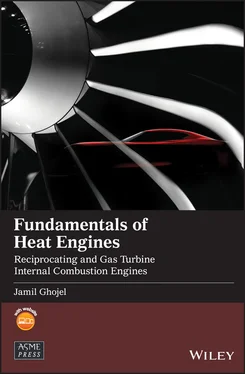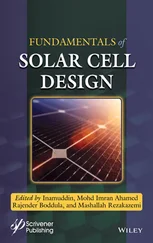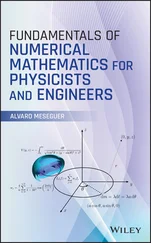1 ...8 9 10 12 13 14 ...23 (1.13) 
1.1.6 Moment, Couple, and Torque
The moment of force F about a point 0 is the product of the force and the perpendicular distance L of its line of action from 0 ( Figure 1.3a):
(1.14) 
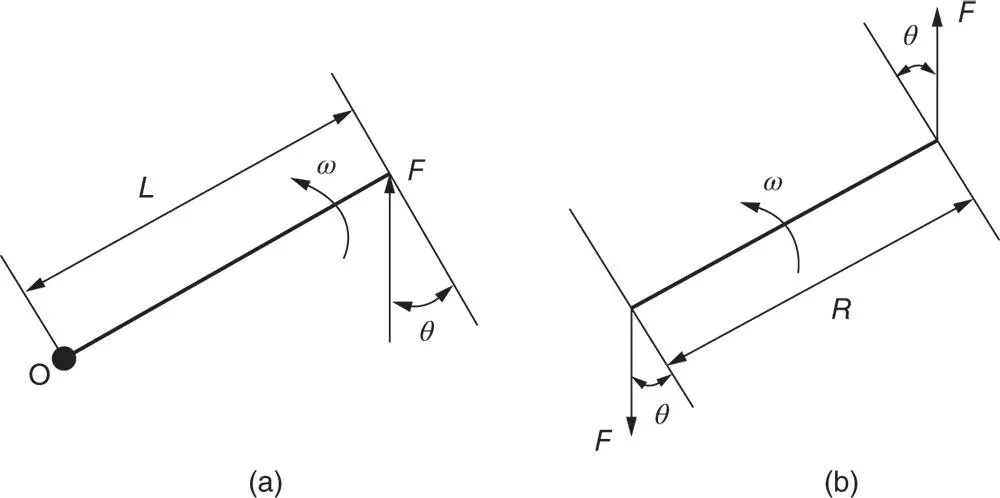
Figure 1.3Definitions of moment, couple, and torque.
A couple is a pair of planar forces that are equal in magnitude, opposite in direction, and parallel to each other ( Figure 1.3b). Since the resultant force is zero, the couple can only generate rotational motion. The moment of the couple is given by
(1.15) 
Torque is also a moment and is given by Eq. (1.14), but is used mainly to describe a moment tending to turn or twist a shaft of reciprocating and gas turbine engines, motors, and other rotating machinery. In machinery such as engines, force F will be applied to the arm L at a right angle ( θ = 0). In these applications, the power is often expressed in terms of the torque (see Eqs. 1.21and 1.22in Section 1.1.9).
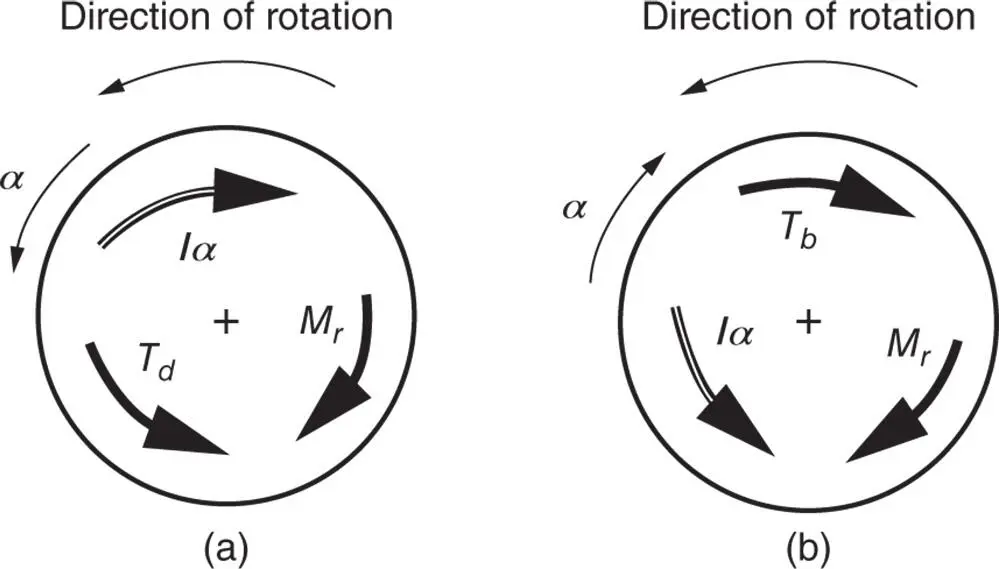
Figure 1.4Kinetics of rotating shaft: (a) accelerating shaft; (b) decelerating shaft.
1.1.7 Accelerated and Decelerated Shafts
Consider a shaft carrying a gas turbine rotor or piston engine flywheel with the moments and torques acting as shown in Figure 1.4. A heat engine is usually started by means of an external driver such as starting motor by accelerating the driving shaft from rest to the required speed. The driving torque required to accelerate the shaft T dis balanced by the inertia couple M i= Iα ( α is angular acceleration) and resistance couple M R, which is mainly due to friction in the bearings, as shown in Figure 1.4a. The governing equation is
(1.16) 
To stop an engine, a braking torque T bis applied, which is assisted by the resistance moment M rto decelerate the shaft from the rated speed to rest, as shown in Figure 1.4b The governing equation is
(1.17) 
The engine can be brought to rest without applying a braking torque by cutting off the fuel supply and allowing the resistance couple to decelerate the shaft to rest. Note that when the shaft is decelerating, the angular acceleration vector is counter to the direction of rotation of the shaft.
1.1.8 Angular Momentum (Moment of Momentum)
The angular momentum of body about an axis is the moment of its linear momentum about the axis. Figure 1.5shows a body rotating with angular velocity ω about an axis passing through 0 (perpendicular to the plane of the page):
Linear momentum of particle of mass dm = dm ωl
Moment of momentum of particle about 0 = dm ωl2
Total momentum H0 of the body about 0 for constant angular velocity(1.18)
If G is the centre of gravity of the body,
(1.19) 
and the angular momentum of the body can be written as
(1.20) 
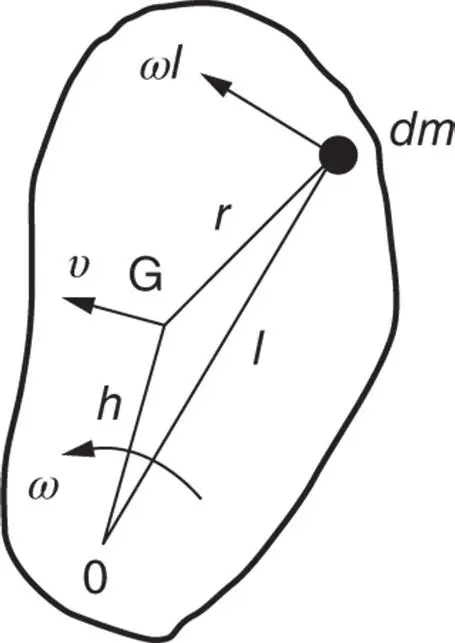
Figure 1.5Angular momentum of a rigid body.
The angular momentum of a rigid body about any axis remains constant, unless an external torque about the same axis is applied. This is known as the law of conservation of angular momentum .
1.1.9 Rotational Work, Power, and Kinetic Energy
If a rigid body rotates through incremental angle dθ under the action of constant torque T , the incremental rotational work will be

And the rotational power is
(1.21) 
Power produced by heat engines is always rotational; hence, subscript r will be dropped henceforward. If the angular velocity of the engine shaft is expressed in terms of rotational speed N in revolutions per minute (rpm), Eq. (1.21)can be rewritten as
(1.22) 
The SI unit of power is the watt ( W ), but the old unit of horsepower ( HP ) is still widely used, where 1 HP ≡ 0.746 kW .
The kinetic energy of a particle of mass dm ( Figure 1.5) is 1/2 dm ( ωl ) 2, and the total kinetic energy ( KE ) for the whole rigid body having a constant angular velocity is
(1.23) 
Making use of Eq. (1.19), we can write
(1.24) 
Table 1.1summarises the equations of motion of uniformly accelerating bodies in linear and rotational motion. The following notation is used in the equations:
s, v, and a: linear displacement, velocity, and acceleration
θ, ω, and α: angular displacement, velocity, and acceleration.
Subscripts i and f denote initial and final, respectively.
Table 1.1Equations of motion for linear and rotational motions.
| Linear |
Rotational |
| s = v i t + at 2/2 |
θ = θ i t + αt 2/2 |
| v f= v i+ at |
θ f= θ i+ αt |
| s = ( v i+ V f) t /2 |
θ = ( ω i+ ω f) t /2 |
 |
 |
Читать дальше
